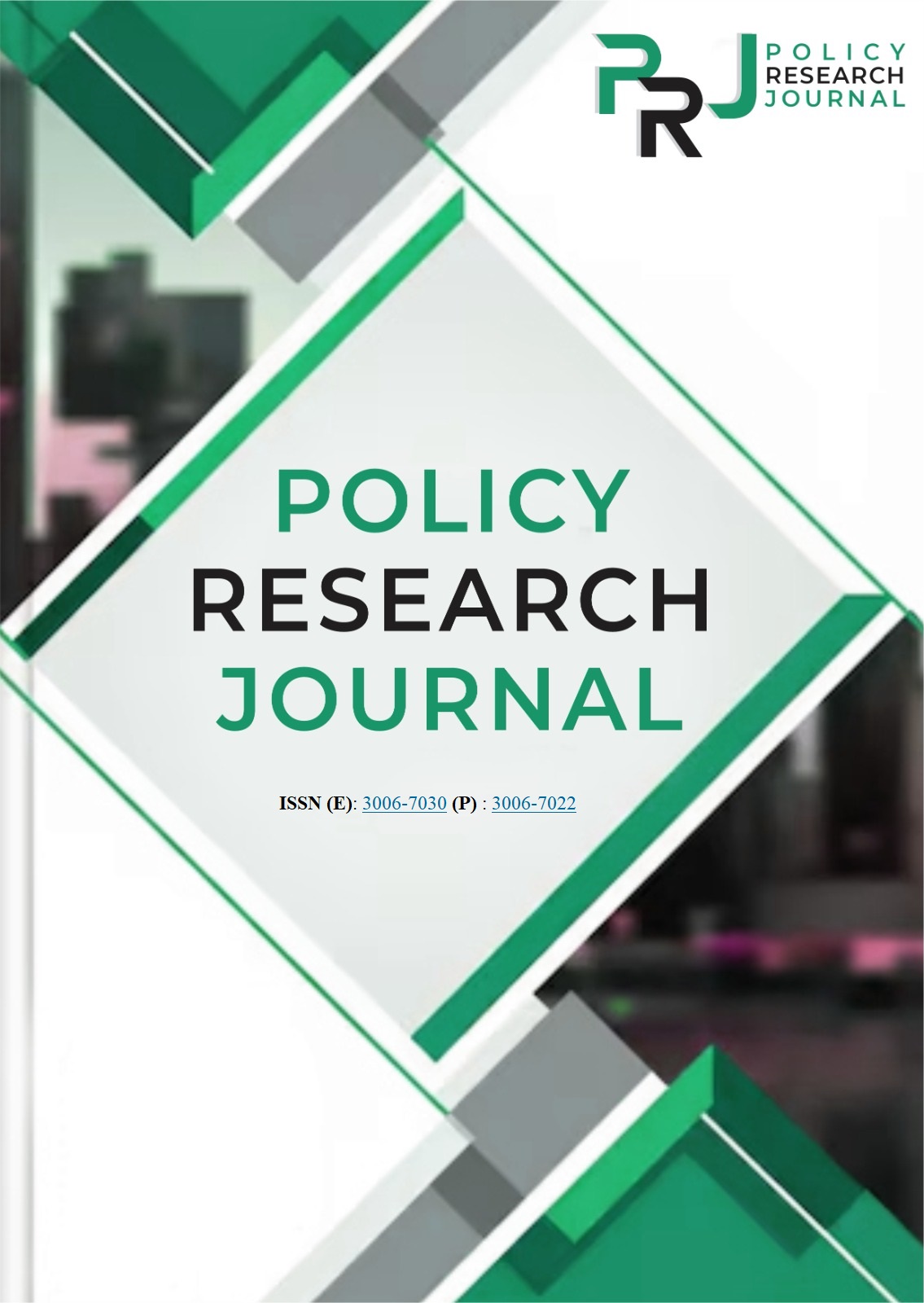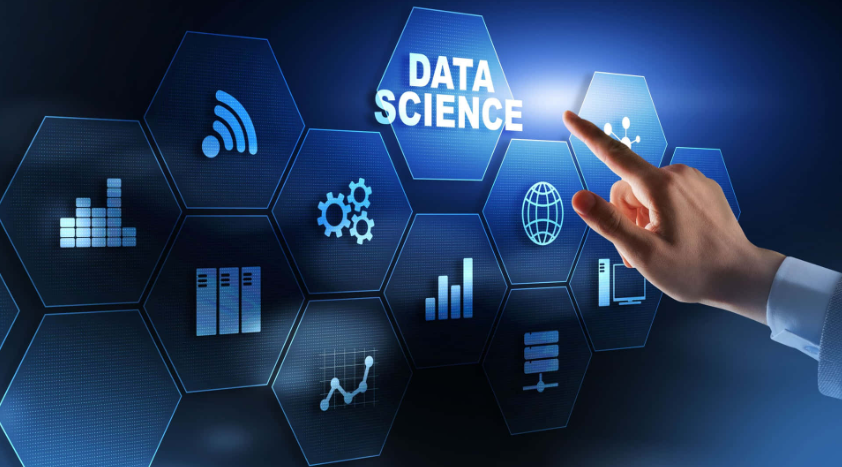COMPUTATIONAL APPROACHES TO APPLIED MATHEMATICAL MODELING BRIDGING THEORY AND REAL-WORLD APPLICATIONS
Keywords:
Computational mathematics, applied mathematical modeling, numerical methods, differential equations,, optimization techniques, high-performance computing, Monte Carlo simulations, machine learning, quantum computing, topological data analysisAbstract
Applied mathematical modeling is solely dependent on computational techniques for the integration of math and the real world through vibrant analysis, optimization and prediction for intricate systems. The gap between theory and practical application is bridged through advanced numerical simulation methods, like Monte Carlo simulations, finite element analysis, or machine learning based solvers, which have remarkably improved the efficiency and accuracy of mathematical models. The distributed computing architecture and GPU based solvers enable high performance computing, which has made large scale simulations for engineering, physics, epidemiology, finance, environmental sciences and even medicine possible. On the other hand, computational modeling leads to new challenges like the curse of dimensionality, algorithmic efficiency bottlenecks, and instability-accuracy compromises in numerical methods. In contrast, solving mathematical problems bring unbounded promises though quantum computing, topological data analysis, and AI powered solvers. They will build almost indisputable freedom when it comes to accuracy and scalability within the future frameworks of mathematics. Constant adaptation frameworks and real-time data assimilation is revolutionizing predictive analytics within medicine and climate modeling. Solving problems of practical significance becomes easier through cross domain synergies where decisions optimized by resource allocation and powered by computational mathematics improves the impact along with transforming scientific research. Applied mathematical modeling will continue to be useful in the scope of scientific and technological development in fostering new discoveries and practical advances due to new computational capabilities after innovations on a variety of fields.

















